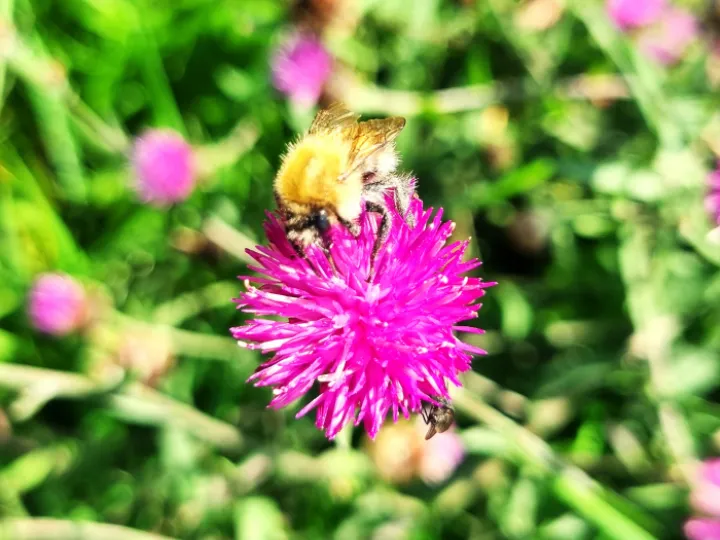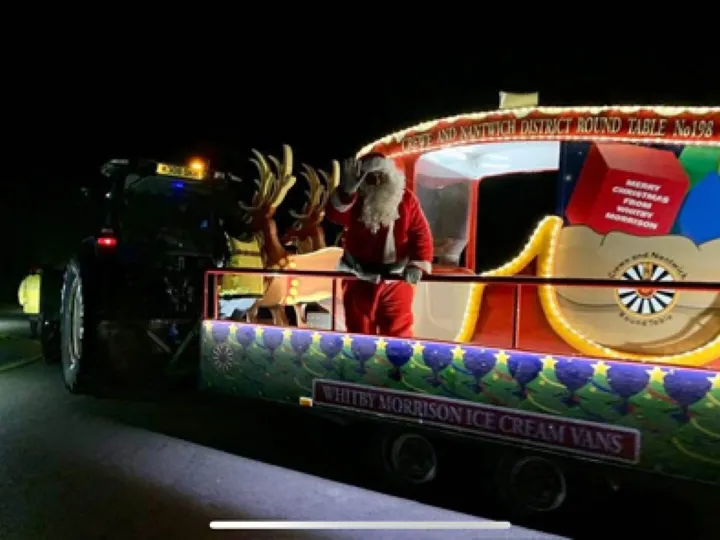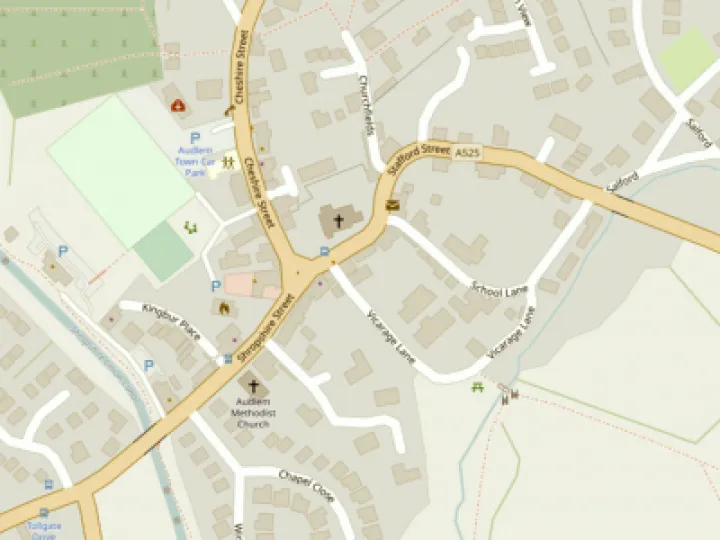







Beeing a Bee by Adrian Leighton
Today is a "goldilocks" day for taking a walk – not too hot and not too cold, just right!
It has been a while since I took a turn along the canal but today seems just right. It is noticeable that the spring and summer flowering is over, but the remaining vegetation is remarkably green. Some Rosebay Willowherb still has flower and along the water's edge Orange Balsam provides a splash of colour. The lack of flowering plants sees very few flying insects apart from a few Banded Agrion Damselflies. Beyond Lock1 wooded stretch , as the landscape opens out, where nature has not been trimmed to human pleasure, clumps of Knapweed were a-buzz. Making full use of the purple flowerheads, bees of all kinds were busy beeing bees. There were bumble bees – Buff tailed, White Tailed and Red tailed, as well as Carder bees. There were Honey bees and a selection of different Solitary bees which I couldn't distinguish as as they hopped from one flower to another. Also joining the party was a Large Tortoiseshell Butterfly.- this is summer at last!
The lack of our summer companions of butterflies and bees this year has now been firmly established. So much so that the Daily Star usually obsessed by aliens and the weather, actually headlined the fact recently. In our good old British way , we put it down to the weather, which in this case might actually be true. It does mean the uninvited guest at our garden tea-time , the wasp, has also failed to appear. In fact, for all those flying insects that help keep the garden going, the damp, cold spring and summer has been a wash-out. I must just say a word for the forgotten members of the flying family, the hoverfly. These little critters of varying colour and size are up there amongst the top pollinators. They are often over-looked because visually they can look like a fly, a bee or even a wasp. Some cunning species have evolved a smart camouflage to look like stingers even if they can't sting.
I was thinking about this , this week when I was chatting to someone about bees in their garden and I was reminded that although we are very familiar with Honey bees and Bumblebees, we forget 90% of the bees which are Solitary bees. Many of these suffer from the "hoverfly syndrome" of looking rather non-beeish. They include Mining bees and Cavity nesting bees. The mining bee naturally excavates softer rocky places and will also accept a conveniently placed brick wall, hence species called Red Mason Bee. The Cavity Nesting Bees, on the other hand, leave the DIY to the Mining Bees and go for ready made holes in hollow plant stems or beetle holes in dead wood. Some species have even been known to take up residence in snail shells, partitioning the interior into cells with mud or chewed leaves.

This week I learned that the "Bug Hotel" can be really useful for these creatures. Ian Reynolds, our handy local chimneysweep, showed me pictures of an old wooden post he had turned into a bee-jou home by drilling 3-4cm into the wood, He drilled holes of varying sizes from 3-5mm. He later discovered that nearly all the holes had been taken. Indeed, he said that he saw a bee look in a hole and then come out, turn round and go back in again. It's fascinating what you can see when you look. I shall certainly be copying his simple and effective idea, although now he tells me he has built a Hilton of a Bug Hotel. The holes enable adults to over-winter or their larvae to mature for next Spring.When I was a child, I remember going to see the comedian Arthur Askey perform dressed as a bee. He sang a song "Bees in a Beehive must bee-hive" but as part of the act in response to a call "give us some honey" spat water over his fellow actor, which was highly arresting to a young boy! Now where did that memory come from? Except that our human lives are intricately linked to natural world around us . Probably children are more aware of it, if they have the opportunity, something we can lose as we grow up.
Get In Touch
AudlemOnline is powered by our active community.
Please send us your news and views using the button below:
Email: editor@audlem.org





